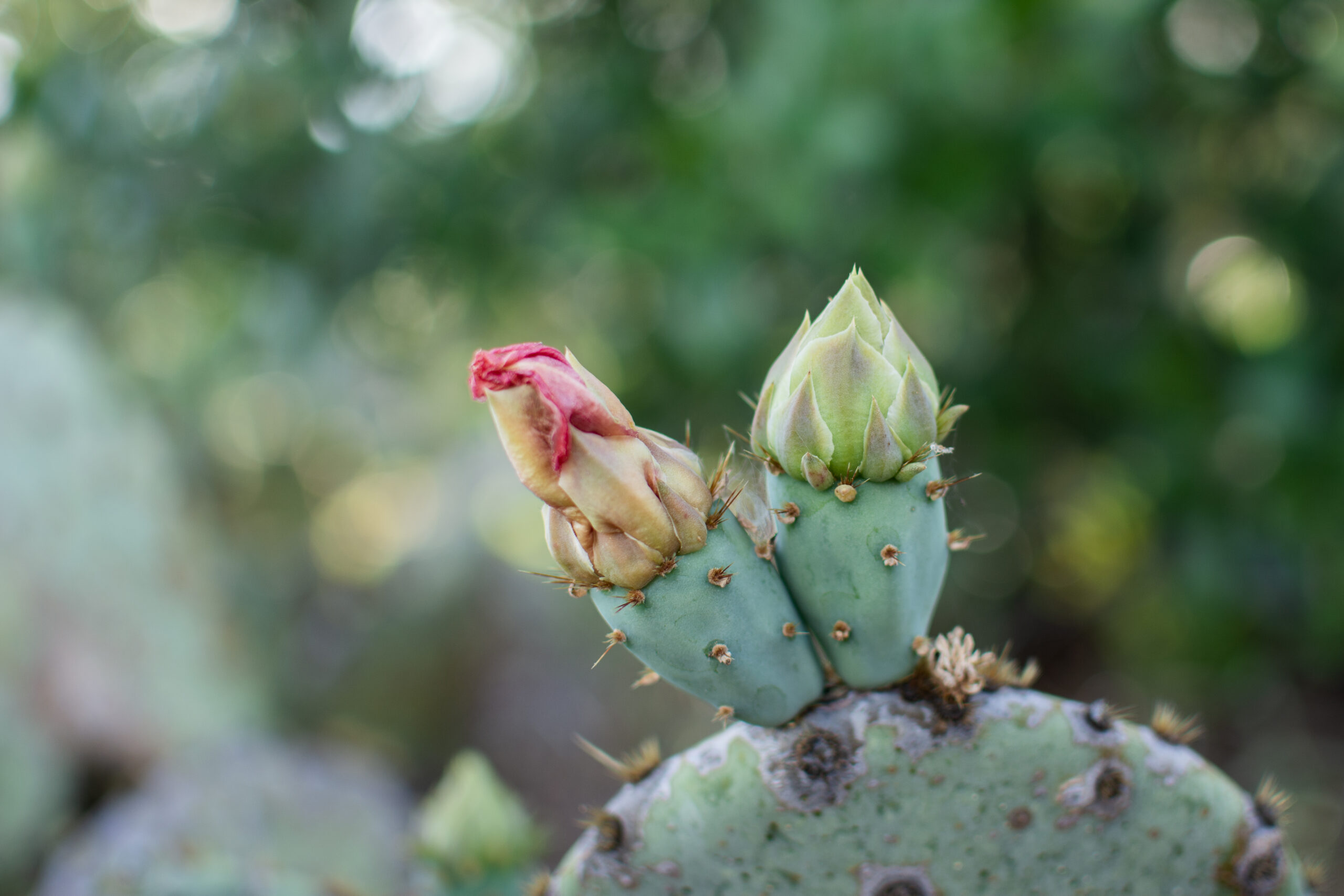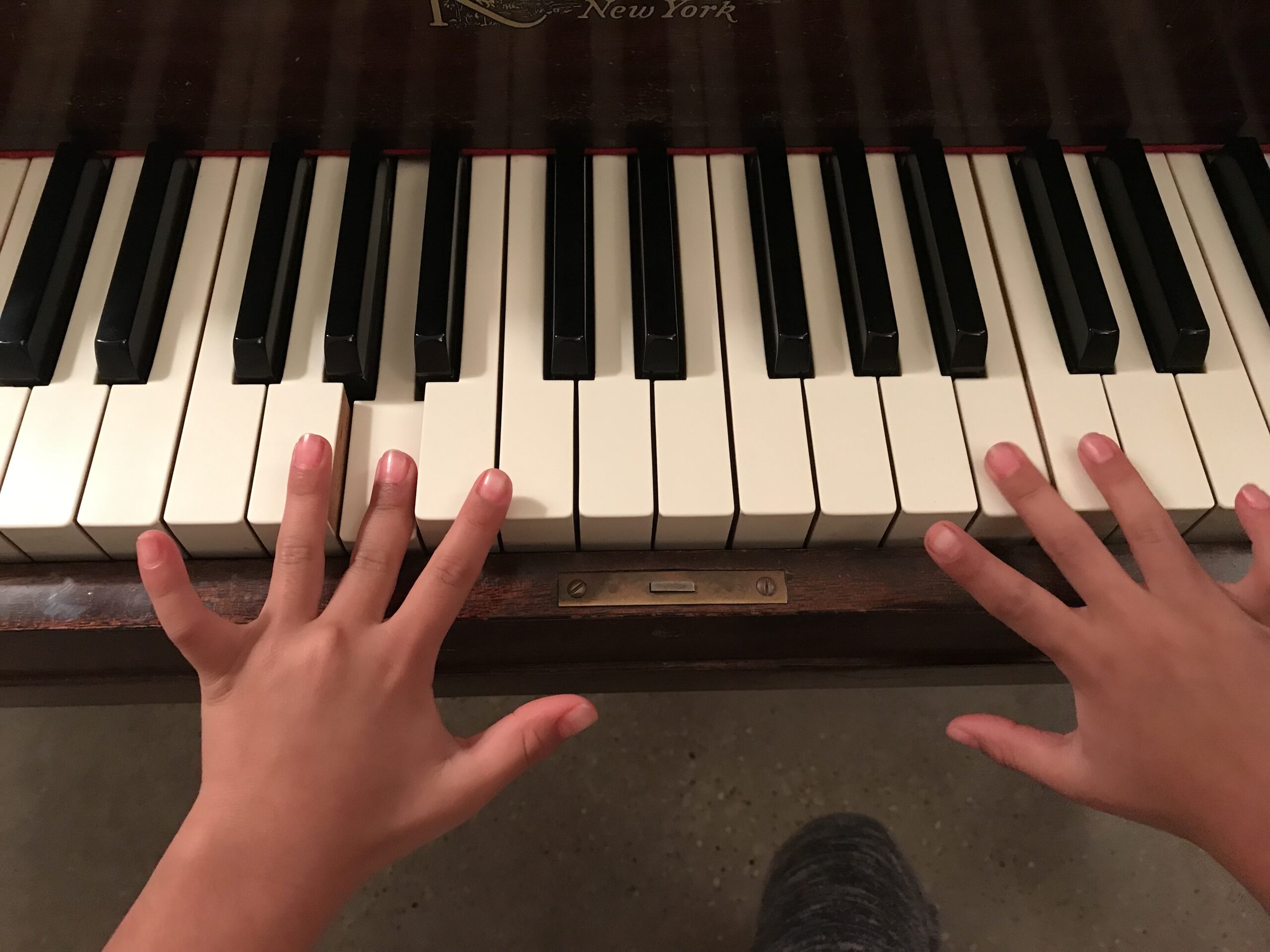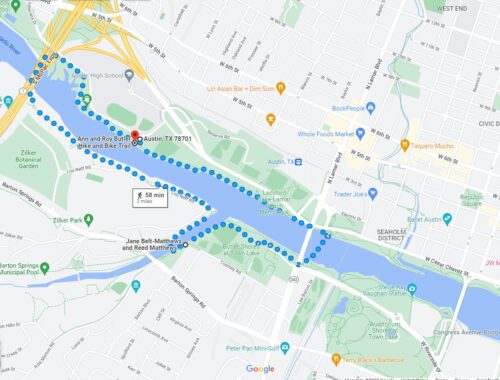
H-O-L-D F-A-S-T
What does a (fictional) grizzled sailor on a British ship during the Napoleonic Wars have to do with yin yoga? In the movie “Master and Commander of the Far Side of the World” (one of our family’s favorites for its depiction of male friendship—so similar to what plays out among the guys here, but that’s another story), an elderly man, his long white hair falling around his shoulders, holds up his knuckles and offers encouragement to his crew mates just before a critical battle.
“Hold fahst,” he growls and shows the lettered tattoos on each of his fingers: H-O-L-D F-A-S-T.
Thank you, movie, for giving us the perfect signal. In our family, we don’t even have to say it aloud to each other, just hold up our clenched fists, first digits forward (maybe followed by another hand sign, ASL for “I really love you”). Or sometimes we do add our voices, for emphasis—when we need to be brave, when we need to be sturdy, when we need to be patient beyond any time or test we thought we’d have to endure. Ask the questions; listen for the answers; accept the surprises. Stand for your principles; say what’s in your heart; take the effort over the finish line. Or maybe wait—in stillness and wonder and acceptance—when that’s the best available option. Never. Give. Up.
As with life, so with yin yoga: Hold the shape; breathe into the discomfort; discover gifts in the spaces beyond the limits you thought you had. Build flexibility; grow resilience; polish your grit. We can practice it, every day, in all the ways: H-O-L-D F-A-S-T.




